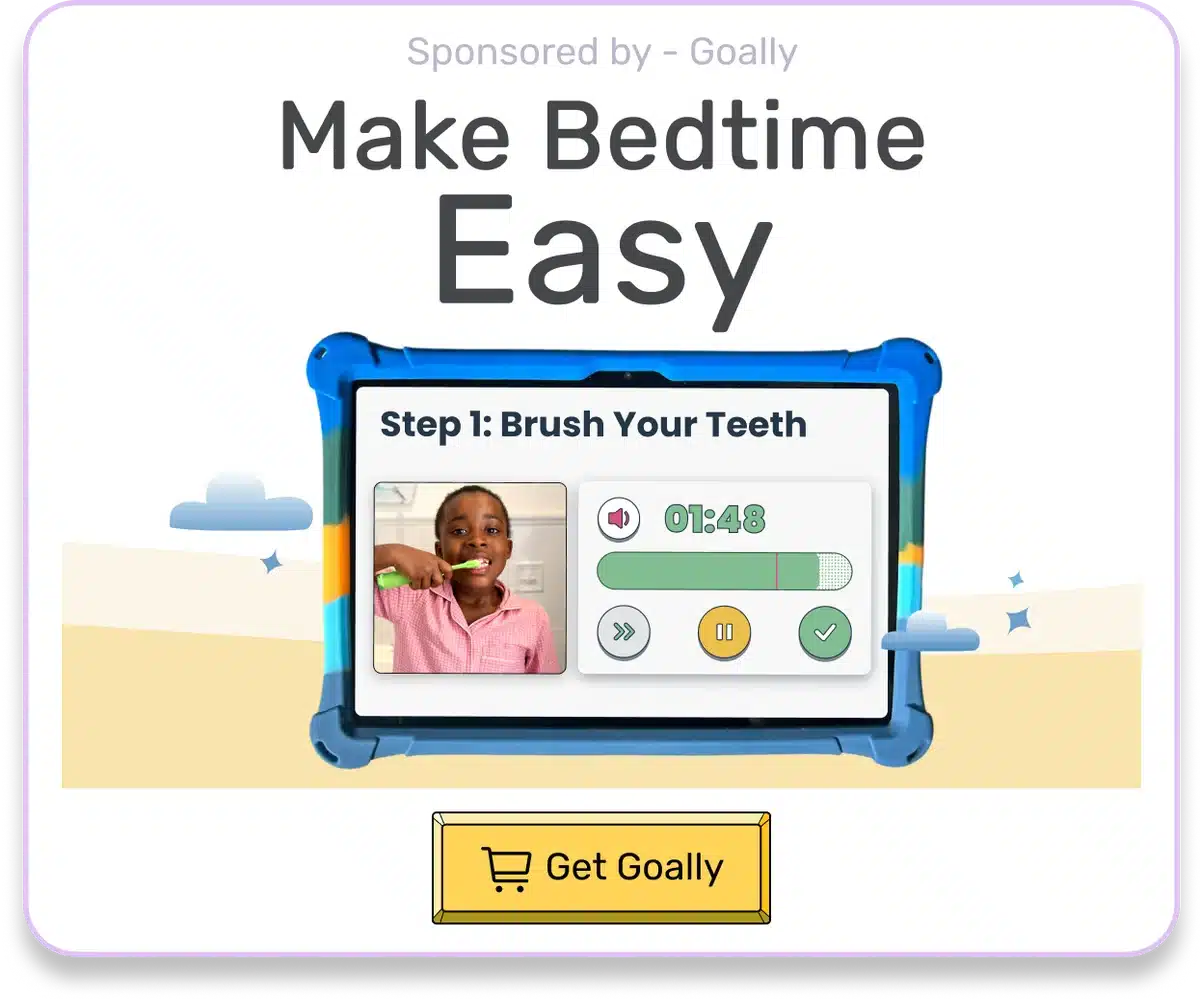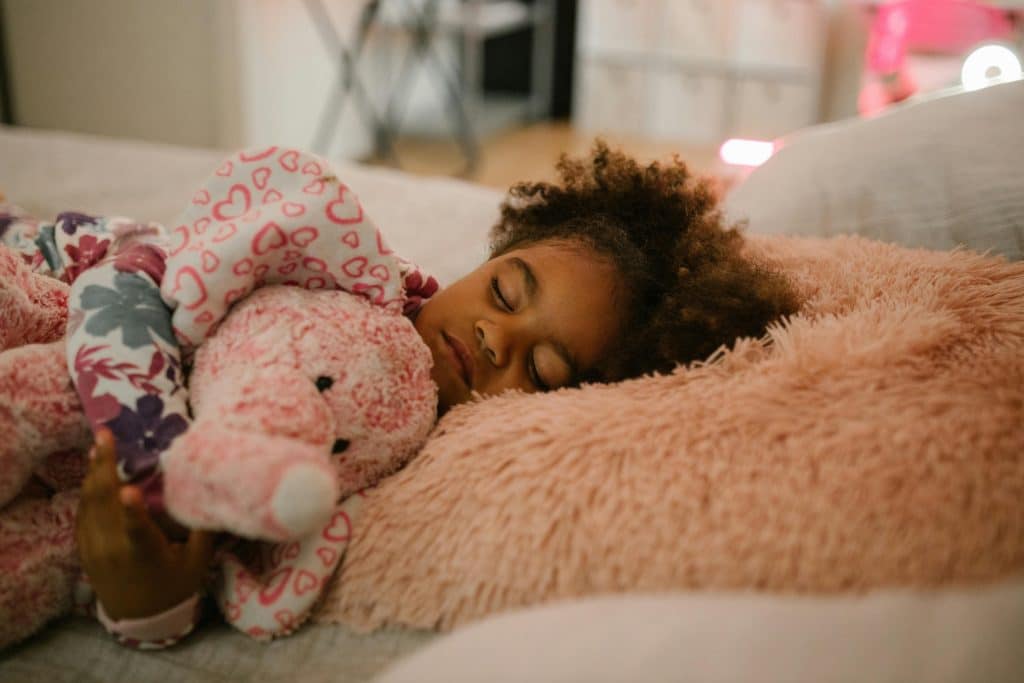As a licensed practitioner who works with kids, parents often ask me about sleep cycles and how they change as children grow. It’s a common concern, especially for those with neurodivergent kids or kids with thinking and learning differences. I remember one mom, Sarah, who was worried because her 3-year-old son kept waking up multiple times per night. She wondered if his sleep cycles were too short. She felt much more at ease after explaining how sleep cycles evolve with age. So let’s break it down – how long are sleep cycles in children at different stages?
Table of Contents
In simple terms, a sleep cycle is the progression through the various stages of sleep, from light to deep to REM (rapid eye movement). One complete cycle takes about 90-120 minutes in adults. However, sleep cycles are shorter in kids, especially for babies and toddlers. Here’s a quick overview of what to expect:
- Newborns (0-3 months): Sleep cycles average 50-60 minutes
- Infants (4-11 months): Sleep cycles are about 50-60 minutes
- Toddlers (1-2 years): Sleep cycles range from 45-60 minutes
- Preschoolers (3-5 years): Sleep cycles lengthen to about 60-90 minutes
- School-age (6-13 years): Sleep cycles are 90-100 minutes, similar to adults
So as you can see, sleep cycles get progressively longer as children get older. This is because the relative proportion of REM sleep decreases. Newborns spend up to 50% of their sleep time in REM, while adults spend only about 20%.

Why Do Babies Have Shorter Sleep Cycles?
What is why these abbreviated sleep cycles in little ones? Babies spend more time in REM sleep (also called active sleep), which is believed to be crucial for brain development. REM is when most dreaming occurs, and studies show it plays a crucial role in learning, memory, and emotional regulation. Since babies’ brains are rapidly growing and forming new neural connections, they need more of this vital stage.
According to a 2020 Sleep Foundation article, “during REM, the brain is almost as active as when awake. Researchers believe this sleep stage is critical to brain development in infants.” So, while those shorter cycles might mean more frequent wake-ups, it’s all part of your baby’s natural rhythm and incredible growth process!
Night Wakings and Sleep Cycles
Now, if you’re a parent to a toddler or preschooler, you may have noticed that your child sometimes wakes up in the middle of the night. Maybe they call out for you or pop out of bed suddenly, seemingly wide awake. This can be frustrating, especially if it happens multiple times. But here’s the thing – brief awakenings between sleep cycles are totally normal and even expected in kids.

Read more: How Much Sleep Do Kids Need by Age?
See, at the end of each sleep cycle, we transition very briefly into a light stage of sleep or even wake up for a moment before drifting off into the next cycle. These awakenings are so short in adults that we usually don’t even remember them. However, kids, being more sensitive to changes in their environment or internal state, may rouse more fully and have a harder time settling back into the next cycle independently.
One study found that “the average number of night wakings decreases significantly from 2 years to 5 years,” with toddlers waking about 0-2 times per night versus 0-1 for preschoolers. So if your tot is going through a rough patch with frequent wake-ups, know that it’s a phase and things will likely improve with time and maturity.
Goally | The Safest Tablet for Kids

Naps and Sleep Cycles
how do sleep cycles factor in switching gears to naps? Well, naps follow the same basic structure as nighttime sleep, just condensed. So, one nap cycle lasts about 30-50 minutes for infants and young toddlers. That’s why you may have heard the term “short napper” referring to a baby who only sleeps for one cycle. Connecting sleep cycles for longer naps is a developmental milestone some kiddos hit earlier than others.
By 18 months, naps often stretch to 60-90 minutes as your child starts transitioning to one longer midday snooze. And by 2-3 years old, that single nap becomes more predictable and lasts 1-2 hours on average. Some kids will even take a solid 3-hour nap at this age (lucky parents!). But of course, every child is different, and some may phase out of naps earlier or later than the norm.
| Age | Number of Naps | Average Nap Duration |
|---|---|---|
| 3-4 months | 3-4 per day | 30 min – 2 hours |
| 6-8 months | 2-3 per day | 60-90 min each |
| 12-18 months | 1-2 per day | 90 min – 3 hours |
| 2-3 years | 1 per day | 1-3 hours |
The key is to watch your child’s sleepy cues and try to time naps when they naturally get drowsy. An overtired kid will have difficulty connecting sleep cycles for a long, refreshing nap. Even just a few minutes of extra awake time can push them past the ideal sleep window.
Sleep Cycles and the Circadian Rhythm
It’s also important to understand that sleep cycles don’t exist in a vacuum – they are intricately linked to our circadian rhythm. This is the internal “body clock” that regulates the timing of our sleep-wake patterns in response to light exposure. It’s why we feel alert during the day and tired at night.
In newborns, the circadian rhythm isn’t fully developed yet, so their sleep seems random and sporadic initially. But within the first 2-3 months, you’ll likely see them start to consolidate more sleep at night and have defined naps emerge. This is a sign that their circadian rhythm is maturing and syncing up with the external day-night cycle. Pretty impressive, right?
To support this process, try to expose your baby to plenty of natural light during the day and keep things dim and quiet around sleep times. A consistent daily routine and sleep schedule will also strengthen their circadian rhythm. With some structure and regularity, those erratic newborn sleep patterns will eventually smooth out into a more predictable cycle. Hang in there!
Goally | Apps To Support Child Development
Looking for fun ways to help your child learn life skills? Try Goally! The Goally tablet comes with award-winning learning apps and video classes to help kids develop the skills they need to become independent with FUN & evidence-based practices.

Our apps teach executive function, language, emotional regulation, finger dexterity skills, and more.
As your child develops new skills, you can increase the difficulty level of the tasks in the app to challenge and motivate them even further. This helps your child grow and progress at their own pace, while also keeping them engaged and excited about their development.

The Takeaway
In summary, kids’ sleep cycles evolve significantly from birth to adolescence. Newborns and infants have much shorter sleep cycles that gradually lengthen as they grow. By school age, their sleep architecture is very similar to adults. While those abbreviated cycles can mean more frequent wake-ups for parents, it’s a normal and necessary part of development. Understanding these changes can help you have more realistic expectations (and patience!) for your child’s sleep. If you’re unsure if your kid’s sleep falls within the typical range, feel free to chat with your pediatrician for guidance. Every child is beautifully unique and will move through these stages at their own perfect pace.
For more on sleep cycles and kids’ sleep needs, check out these trusted resources:
- Sleep Foundation: Children and Sleep – A comprehensive guide on how sleep changes from birth through adolescence
- HealthyChildren.org Healthy Sleep – Pediatrician-approved tips and info on sleep by age
- Kids Health: All About Sleep – Answers common questions about kids and sleep with helpful visuals
FAQ’s About How Long Are Sleep Cycles in Children
How long is a typical sleep cycle in babies? In newborns and infants, sleep cycles are much shorter, averaging around 50-60 minutes. This is because they spend more time in active REM sleep. Do sleep cycles get longer as kids get older? Yes, sleep cycles gradually lengthen as children grow, reaching about 90 minutes by school-age. This is similar to the length of an adult sleep cycle. What is a sleep cycle? A sleep cycle is the progression through the various stages of sleep, from light to deep to REM (rapid eye movement). One complete cycle takes about 90-120 minutes in adults. How many times do children wake up during the night? Brief awakenings between sleep cycles are normal, but the frequency decreases with age. Toddlers may wake 0-2 times per night, while preschoolers usually wake 0-1 times. Why do babies have shorter sleep cycles? Babies have shorter sleep cycles because they spend more time in REM sleep, which is believed to be crucial for brain development. REM sleep helps with learning, memory, and emotional regulation.
Emily is a seasoned blog writer for Goally, leveraging her extensive background in child psychology and special education to provide valuable insights and resources for parents. Her commitment to understanding and addressing the unique needs of these children, combined with her expertise in educational strategies, makes her a credible and empathetic voice for families.





